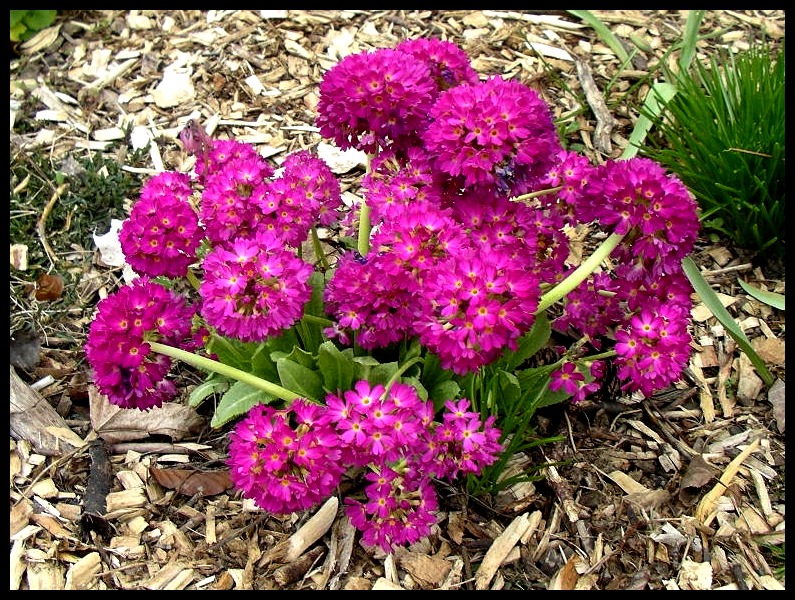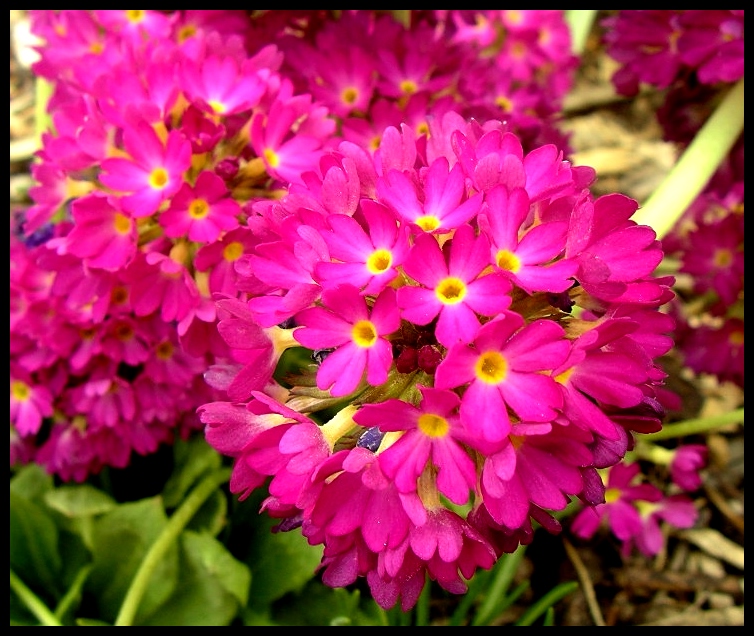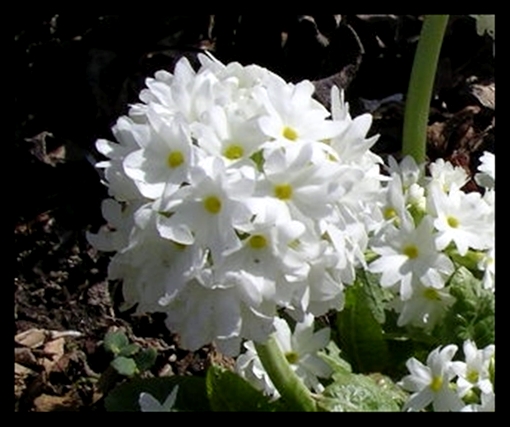Plant of the Month for May, 2013

(PRIM-yew-lah den-tik-yoo-LAH-tuh)
General Information:
Primula, also known as a Primrose, is a sure sign of spring. Grocery stores and nurseries sell them by the millions. If you have tried growing these same plants in your northern zone gardens you were probably disappointed. The commonly sold Primrose has not been bred for the garden and just doesn’t do well in our climate. But there are many primulas that grow extremely well in the garden and Primula denticulata, the drumstick primula, is one of the easiest and showiest to grow.

Primula denticulata; photo by Robert Pavlis
Primula denticulata blooms very early in spring with buds starting to show just as the snow drops are finishing. Over a period of several weeks the spherical flower heads get taller and larger as the flowers fully develop. What a show they put on! Flowers come in white, pink, mauve, blue and rosy-red on top of 30 cm (12 in) stems.
The leaves are a light green color and form a rosette near the ground. This primula grows best in a moist location and if it gets enough water the leaves will stay green all summer. In drier locations the leaves will die back by mid-summer and the plant goes dormant until next spring.


Primula denticulata; photos by Robert Pavlis
Primula denticulata is not very common in nurseries, but you will find it with a bit of searching. They are very easy to grow from seed and will bloom in their second year. A mature plant benefits from a fall division every few years.
If you are ever in Juneau Alaska stop by the Jensen-Olson Arboretum which specializes in collecting primula and claims to have “the largest documented collection of Primula this side if the Atlantic”.
Life Cycle: perennial
Height: flower 30 cm (12in), leaves 15cm (6in)
Bloom Time: earlyspring
Natural Range: Eastern Afganistan, Pakistan and China
Habitat: open woods and meadows in moist ground
Synonyms: none.
Cultivation:
Light: part shade to full shade
Soil: prefers humus rich moist soil, but not too fussy
Water: moist or wet
USDA Hardiness Zone: 3 - 9
Propagation: seed, division in fall
Seedex availability (ORG&HPS annual Seed Exchange): frequently
